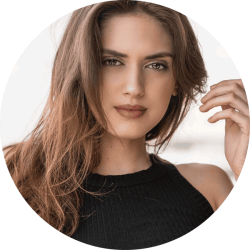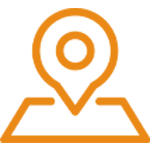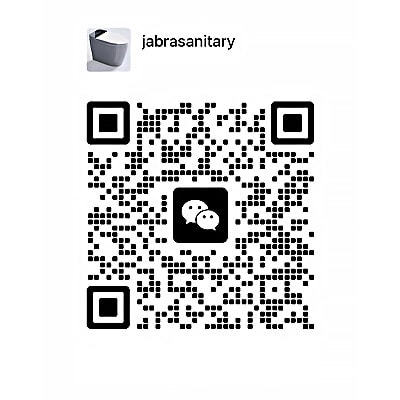 English
English
Jabra Sanitary is a sanitaryware supplier offering toilets, sinks, faucets, bathtubs, etc., at competitive prices. If you're a distributor, wholesaler, or project contractor, get a quote today!
 $23.9 Limited-time Offer
$23.9 Limited-time Offer Consignment Policy
Consignment Policy 20 Years of Experience
20 Years of Experience
Tankless toilets have become a popular choice in modern bathroom design due to their sleek appearance and efficient functionality.
If you're building a new home or updating your bathroom, you may be considering switching to a tankless toilet. But is a tankless toilet worth the money?
This article explores the key features of tankless toilets, tankless vs tank toilet and weighs the tankless toilet pros and cons to give you the right anwer.

Table of Contents
Is a Tankless Toilet Worth the Money?
Tankless Toilets Key Features
Tankless Toilets: Pros and Cons
Tankless Toilet vs Tank Toilet
Frequently Asked Questions
Popular Brands of Tankless Toilets
Conclusion
When deciding whether a tankless toilet is worth the investment, it's essential to consider both the immediate and long-term benefits, as well as the associated costs.
Immediate Benefits
- Space Efficiency: Tankless toilets are compact, making them an excellent choice for small bathrooms or modern minimalist designs.
- Aesthetic Appeal: Their sleek, contemporary look can significantly enhance the visual appeal of your bathroom.
- Advanced Features: Many tankless toilets come with high-tech features such as bidet functions, heated seats, automatic flushing, and remote control operation, offering enhanced comfort and convenience.
Long-Term Benefits
- Water Efficiency: Tankless toilets often use less water per flush compared to traditional toilets, which can lead to significant savings on water bills over time.
- Durability: These toilets are typically built with high-quality materials and technology, ensuring long-term durability and reliability.
- Increased Home Value: Modern and efficient bathroom fixtures can boost the overall value of your home, making it more attractive to potential buyers.
Costs and Considerations
- Higher Initial Cost: Tankless toilets tend to be more expensive upfront compared to traditional toilets. The price can range from a few hundred to several thousand dollars, depending on the features and brand.
- Installation Complexity: Installing a tankless toilet usually requires professional help due to its connection to the home's water supply and the need for consistent high water pressure.
- Maintenance: While generally reliable, tankless toilets with advanced features may require specialized maintenance and occasional servicing.
To sum up, a tankless toilet can be a worthwhile investment if you prioritize modern design, space efficiency, and advanced functionality.
The long-term savings on water bills and the potential increase in home value can offset the higher initial cost.
However, it's crucial to consider the installation complexity and maintenance needs. By weighing these factors, you can determine if a tankless toilet is the right choice for your home.
Tankless toilets come with several distinctive features that set them apart from traditional toilets:
- Compact Design: Without a tank, these toilets take up less space, making them ideal for small bathrooms.
- Instant Flush Mechanism: Direct water line connection provides powerful and immediate flushing.
- Modern Aesthetics: Sleek and contemporary designs that blend well with modern decor.
- Advanced Technology: Tankless toilets with bidets come equipped with features such as automatic flushing, bidet functions, heated seats, and remote control operation.
Tankless Toilets: Pros and Cons
Tankless toilets offer many advantages that make them stand out from traditional tank toilets.
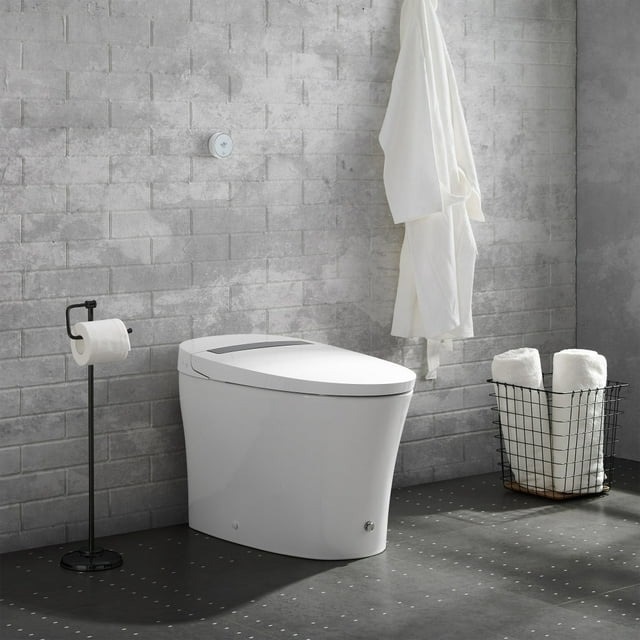
Pros
- Aesthetic Appeal: Sleek and modern look that enhances bathroom decor.
- Space Saving: These toilets often have a compact design. Many models attach directly to the wall. These tankless wall hung toilets will free up floor space.
- Water Efficiency: Tankless toilets use less water per flush, helping to save on water bills. Conventional toilets typically use 3.5 gallons per flush, while tankless models use much less.
- Eco-Friendly: Since they consume less water, they are better for the environment.
- Modern Features: High-end models, like the tankless toilet floor mounted J-4012, include features such as an auto open and close lid, improving comfort and hygiene.
Cons
- High Initial Cost: These toilets can be pricier than traditional ones due to their advanced features and design.
- Installation Complexity: Requires professional installation due to direct plumbing connection.
- Installation Costs: Installing a tankless toilet can be more expensive. It often requires modifications to the plumbing system.
- Water Pressure Dependency: Requires consistent high water pressure to function correctly.
- Power Dependence: Many tankless toilets require electricity to operate. In case of a power outage, they might not function.
- Noise: Some users report that tankless toilets are noisier due to the direct flush system.
Tankless Toilet vs Tank Toilet
Design, Size and Space Considerations
Tankless toilets have a sleek design and are often more compact compared to traditional tank toilets. They don't have a bulky tank attached to the bowl, which allows them to fit into smaller spaces. This makes them ideal for modern bathrooms with limited room.
Tank toilets, on the other hand, have a more traditional design with a tank sitting atop the bowl. This design uses gravity to flush the water. While they may take up more space, they are functional even without electricity.
When it comes to bathroom space, tankless toilets for small bathrooms have a clear advantage. Their compact design can save valuable room, allowing for more flexibility in bathroom layout. This is particularly useful in small apartments or homes with limited space.
Comparison Table
Tankless Toilet |
Tank Toilet |
|
|---|---|---|
Design |
Modern, sleek, no tank |
Traditional, tank on top |
Size |
Compact, space-saving |
Larger, requires more space |
Space |
Ideal for small bathrooms |
May be less suitable for cramped spaces |
Power |
Requires consistent water pressure, may need electricity |
Functional without electricity |
It's important to consider both the design and space implications when choosing between these two types of toilets.
Smaller bathrooms might benefit more from the compact nature of a tankless toilet, while larger bathrooms can accommodate the bulkier design of a tank toilet.
Flushing System
Tankless Toilets:
- Flushing Mechanism: Uses electric pumping pressure to flush.
- Water Source: Directly from the pipes.
- Design: Modern and minimalistic.
- Space: More space-efficient.
Pros:
- Reduces water usage.
- The sleek design fits well in modern bathrooms.
Cons:
- Requires a power supply.
- More complex installation.
Tank Toilets:
- Flushing Mechanism: Gravity-powered.
- Water Source: Water stored in a tank.
- Design: Traditional and bulky.
- Space: Requires more room due to the tank.
Pros:
- Simple, reliable flushing system.
- No need for a power supply.
Cons:
- Uses more water per flush.
- Takes up more space.
Both types serve different needs based on bathroom design and water usage preferences.
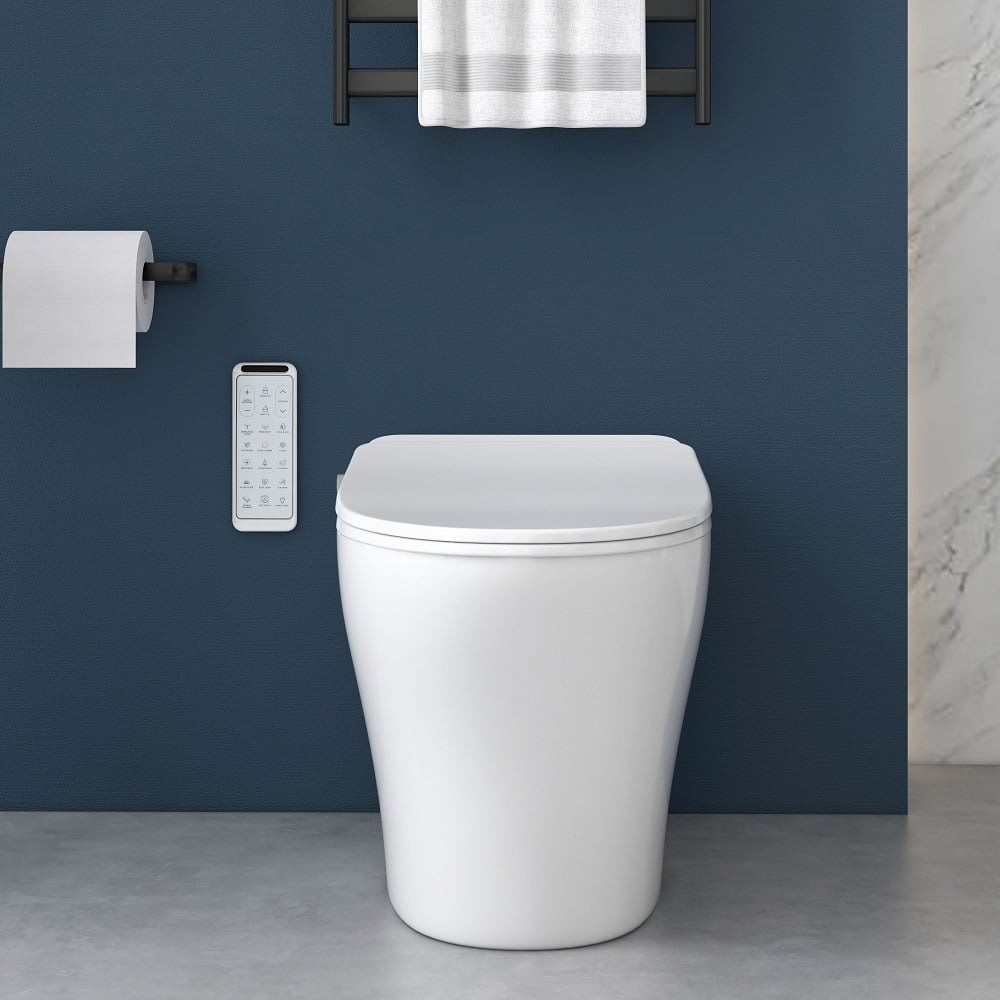
Performance and Efficiency
Tankless Toilets
Tankless toilets use high-pressure water directly from the pipes to flush. This mechanism results in efficient waste removal and keeps the bowl clean for a longer time.
By using less water per flush, tankless models contribute significantly to water conservation.
Tank Toilets
Tank toilets store water in a tank and release it when flushed. Earlier models use up to 3.5 gallons per flush, while modern ones comply with the federal limit of 1.6 gallons per flush.
Although effective, they often use more water compared to tankless options.
Water Comparison
Feature |
Tankless Toilets |
Tank Toilets |
|---|---|---|
Water Per Flush |
Less than 1.6 gallons |
Up to 3.5 gallons (modern models use 1.6 gallons) |
Cleaning Efficiency |
High due to strong water pressure |
Moderate, relies on tank refill |
Water Source |
Direct from pipes |
Stored in a tank |
Tankless toilets provide quicker and more powerful flushes, reducing the risk of clogs. Conversely, tank toilets may take longer to refill but are usually quieter when flushing.
Energy Use
Tankless toilets often require electricity to power their pumps, potentially increasing utility costs. Tank toilets do not require electricity, making them a better choice for places with unreliable power.
Both types of toilets offer specific advantages in performance and efficiency. The best choice depends on individual needs and environmental priorities.
Installation Plumbing
When it comes to installing tankless and tank toilets, the plumbing requirements differ significantly.
Tank Toilets:
- Water Supply: Tank toilets need a standard water supply line. This setup is usually straightforward, involving a hose connecting the supply line to the tank.
- Installation Time: These toilets are generally quicker to install and don't require specialized knowledge.
- Space: They need more floor space due to the tank.
Tankless Toilets:
- Water Supply: Tankless toilets often need a high-pressure water supply. This setup is more complex and may require professional installation.
- Installation Time: Takes longer because they may need new plumbing lines or adjustments to existing ones.
- Space: Ideal for small bathrooms as they don't have a bulky tank. They can be mounted directly on the wall, saving floor space.
Comparison Table
Feature |
Tank Toilets |
Tankless Toilets |
|---|---|---|
Water Supply |
Standard water supply line |
High-pressure water supply |
Installation |
Generally quicker and simpler |
More complex, often needs a pro |
Space |
Needs more floor space |
Saves floor space, wall-mounted |
Tank toilets are more traditional and simpler to install, while tankless toilets offer a modern look and require more specialized plumbing.
For those who need a space-saving option, a tankless toilet might be the better choice. For those preferring a straightforward installation, a tank toilet could be more suitable.
Summary Table: Tankless vs Tank Toilet
In summary, while tank toilets are a traditional and common choice, they come with both benefits and drawbacks. The choice between a tank and tankless toilet depends largely on individual needs and bathroom specifications.
- Design: Tankless toilets offer a more modern and streamlined look compared to the bulkier traditional models.
- Space: The absence of a tank makes tankless toilets a better fit for smaller spaces.
- Flushing Mechanism: Traditional toilets rely on gravity-fed flush systems, while tankless toilets use high-pressure water from the supply line.
- Maintenance: Traditional toilets may require less frequent but simpler maintenance, whereas tankless models, with their advanced features, might need more specialized care.
Feature |
Tankless Toilets |
Tank Toilets |
|---|---|---|
Water Use |
Less |
More |
Space Efficiency |
High |
Low |
Eco-Friendliness |
High |
Moderate |
Installation Cost |
Higher |
Lower |
Operation During Power Outage |
Might not operate |
Operates normally |
Frequently Asked Questions
How Do Tankless Toilets Work?
Tankless toilets function by connecting directly to the water supply line. When you flush, the toilet uses the pressure from the water line to quickly and efficiently clear waste.
This system eliminates the need for a tank to hold and release water.
Are Tankless Toilets More Efficient Than Traditional Toilets?
Yes, tankless toilets are generally more efficient. They use high-pressure water directly from the supply line, which often results in a more effective flush with less water usage.
This efficiency can lead to lower water bills and a reduced environmental footprint.
What Are Some Tips for Maintaining a Tankless Toilet?
Maintaining a tankless toilet involves regular cleaning and occasional checks on the water pressure. Here are some tips:
- Regular Cleaning: Use non-abrasive cleaners to keep the bowl and exterior clean.
- Check Water Pressure: Ensure your home’s water pressure remains consistent to avoid flushing issues.
- Inspect Seals and Valves: Periodically check seals and valves for wear and replace them as needed.
- Professional Servicing: Schedule regular maintenance with a professional to keep the advanced features in optimal condition.
How Much Do Tankless Toilets Cost?
The cost of tankless toilets varies widely depending on the brand, model, and features. Basic models can start around $500, while high-end smart toilets with multiple features can cost several thousand dollars.
Installation costs should also be considered, as professional installation is typically required.
Should I Install a Tankless Toilet in My Home?
Deciding whether to install a tankless toilet depends on your specific needs and preferences.
If you value modern design, space-saving features, and advanced functionality, a tankless toilets for home might be a great fit. However, consider the higher initial cost and the need for professional installation.
Popular Brands of Tankless Toilets
Several brands are known for their high-quality tankless toilets, including:
- TOTO: Renowned for its innovation and advanced features.
- Kohler: Offers a wide range of models with various functionalities.
- Duravit: Known for sleek designs and European craftsmanship.
- American Standard: Combines reliability with modern design.
- Jabra Sanitary: Offers innovative and high-performance tankless smart toilet solutions.
These brands provide a variety of the best tankless toilets to suit different preferences and budgets.
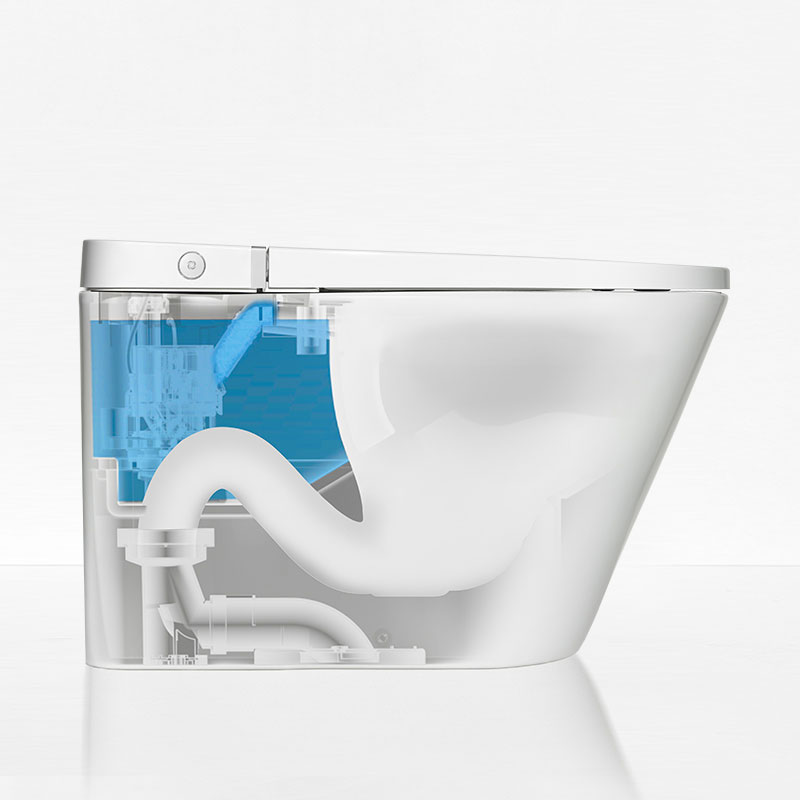
Conclusion
Whether a tankless toilet is worth the money depends on your specific needs and preferences. If you prioritize modern design, space efficiency, and advanced features, the investment in a tankless toilet can be highly worthwhile.
However, it's important to consider the higher upfront cost and the need for professional installation. By carefully weighing these factors, you can determine if a tankless toilet is the right choice for your home or if a commercial tankless toilet is the right fit for your project.







